It’s not often that an automotive engineer gets the chance to design an entire (and diverse) family of cars from scratch. But that was task facing Hans Engle, chief engineer for Mercedes’ Compact car line.
The all-new B-Class is the first the family of front-drivers designed by Engle’s team, that will also include the A-class hatchback and F800 compact saloon. The B-Class is now in the final stages of testing, before it goes on sale at the end of the year after making its debut at the Frankfurt show in September.
Autocar managed to jump into the passenger seat of both a petrol- and diesel-engined of late-stage, heavily disguised, test cars for a brief trip into the countryside outside Stuttgart. The cars were making a brief pit stop in Stuttgart after completing a cold weather testing session in Sweden before being crated up again for hot-weather testing in Texas.
See pics of the new Mercedes B-class in action
Engle says that Mercedes embarked on the Compact Car project back in 2006. It was clear that the company would have to drop the clever, but expensive, sandwich platform and slant-mounted drivetrains developed for the original 1997 A-Class and used under today’s A- and B-Class models.
The year 2006 was taken up with developing the strategy for Mercedes’ new entry-level range, says Engle. His team then spent the next two years “working purely on digital models and digital engineering”. The first ‘hard models’ arrived in 2009 and, since then, Mercedes has racked up an incredible 8 million kilometres of ‘real-world’ development and durability testing.
This is a Mercedes-only project and the technology will not be shared with any other brand. It uses Mercedes engines (the same four-pot units will be found in the C- and E-Class), re-engineered for transverse installation and new transmissions and will be built in Germany.
Read more on the new Mercedes A-class
“We had one target,” says Engle. “To keep the roominess and dimensions of the [current] B-Class, with safety, comfort and agility. This car is a real Mercedes and no different in its comfort agility and safety to the C- and E-class cars. It will be available with the same safety systems and similar optional extras.”
Aerodynamic efficiency will be a big part of the B-Class make-up. Engineers have even fitted small plastic aerofoils to the individual arms of the rear suspension to smooth underbody airflow.
Two basic versions of this platform have been engineered, one with a high seating position and one low. Autocar can also reveal that the B-Class uses a McPherson strut front suspension and a four-link rear suspension. AMG versions of the low-riding A-Class and F800 saloon may get a bespoke McPherson strut which uses three, rather than two, lower links to improve stiffness during hard cornering.

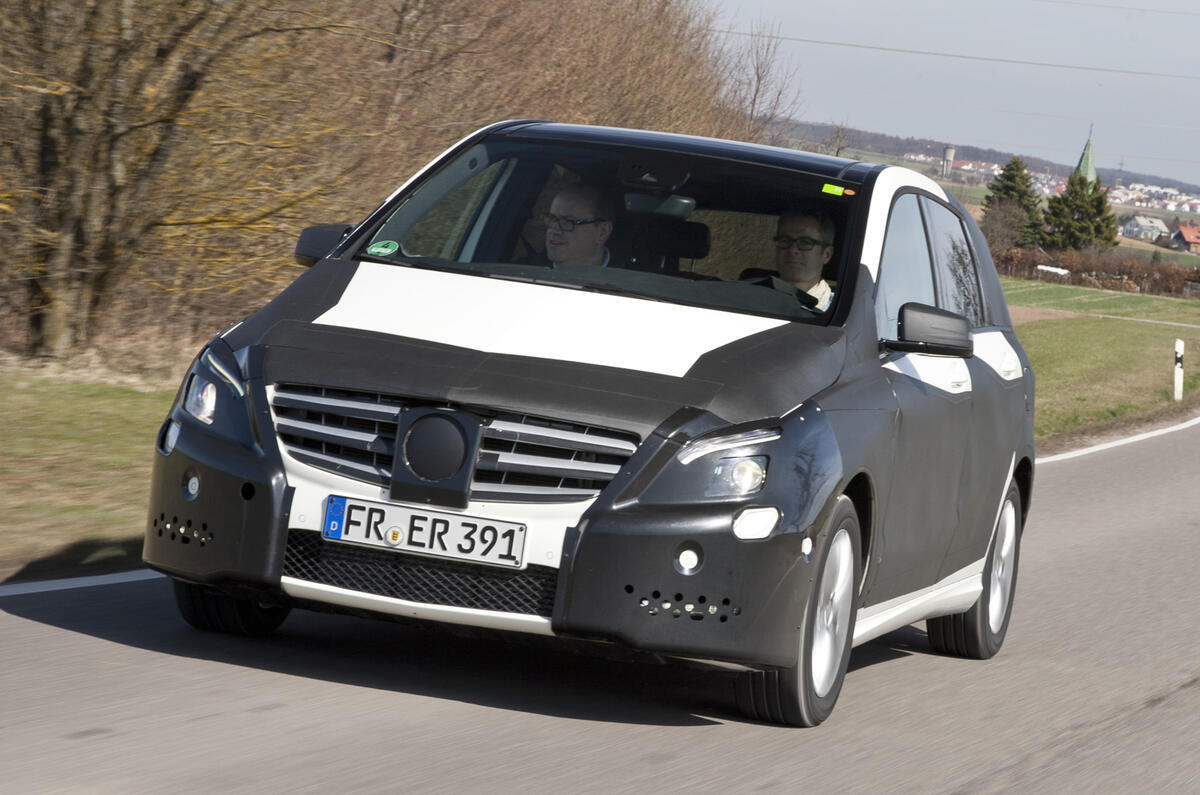
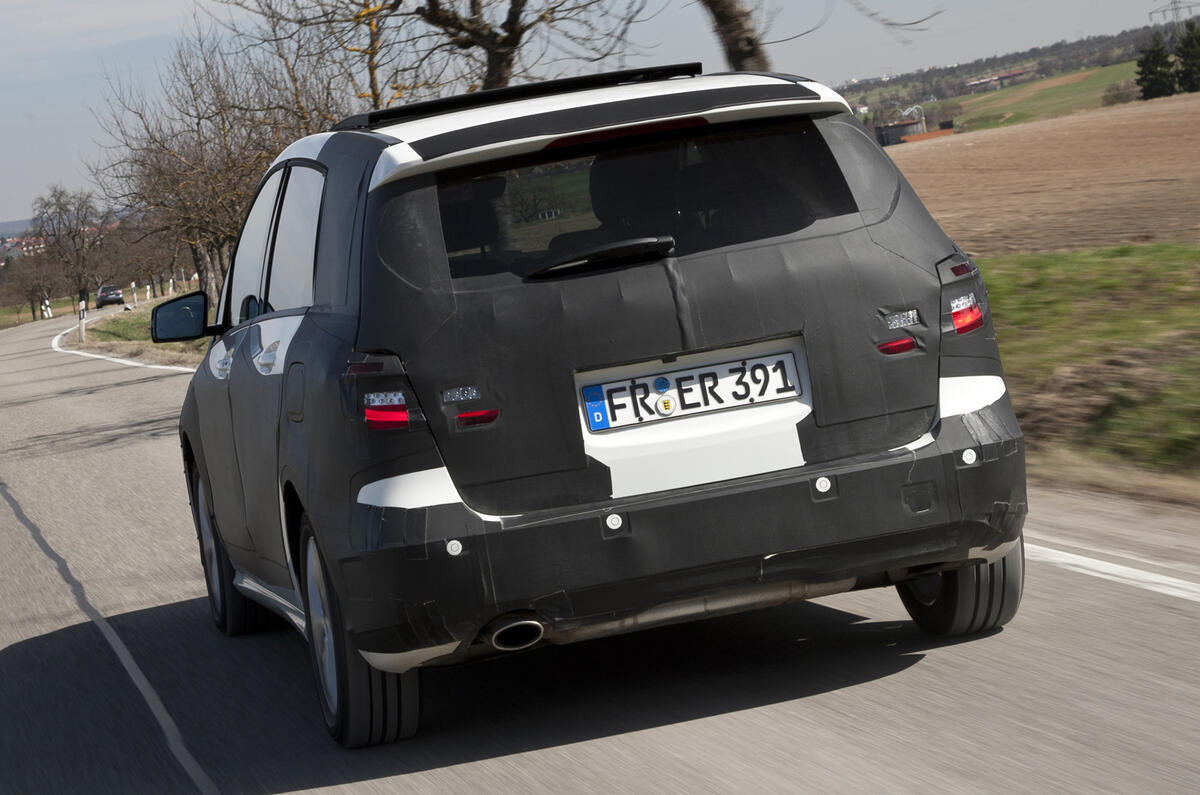


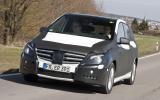
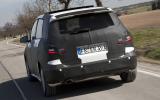
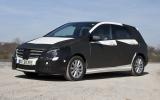
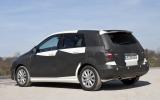



Add your comment